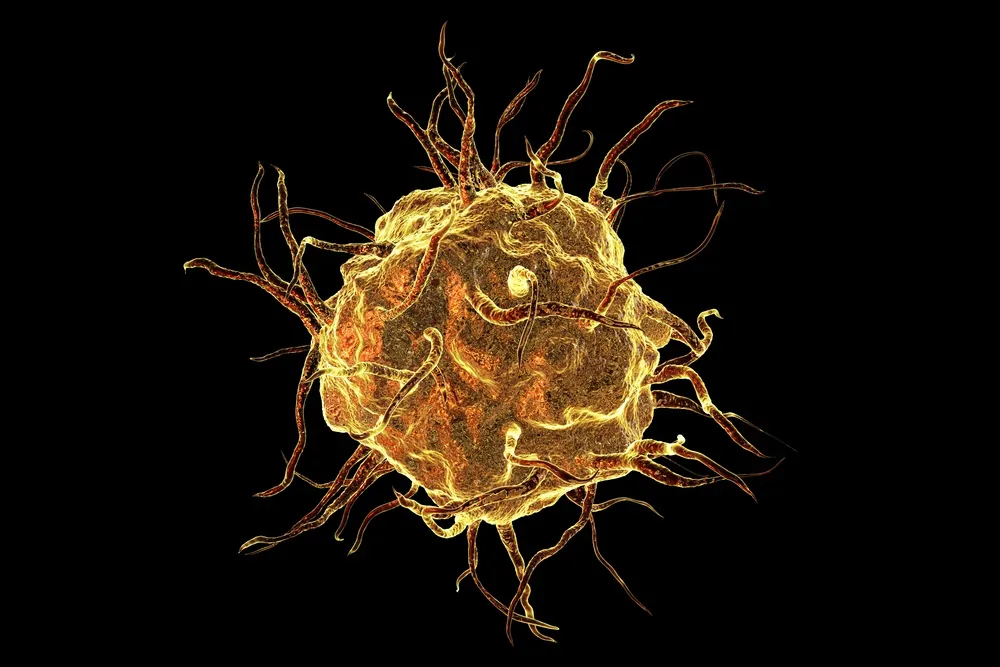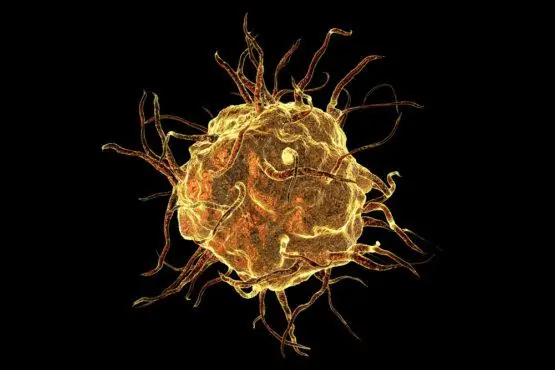Researchers studying peripheral nerve damage have adjusted the behaviour of macrophages to facilitate healing. [1]
What is peripheral nerve injury?
The peripheral nerves are located outside of the brain and spinal cord. They carry signals to the muscles to initiate movement as well as transporting sensory information back from the extremities and other tissues to the spinal cord and brain.
When peripheral nerves are injured, they distort or interrupt the messages between the brain and the rest of the body and are a major source of disability. Peripheral nerve damage often results in painful neuropathies which can impair sensation, movement, gland or organ function and other aspects of health, depending on the type of nerve that is damaged.
Macrophages to the rescue
Macrophages are derived from monocytes, a type of immune cell which can change into one of a number macrophage types, depending on the local signalling environment when they arrive at an injury site. The macrophage types of interest here are the M1 and M2 cells.
In general, M1 macrophages produce pro-inflammatory signals and high levels of oxidative metabolites, and M2 macrophages make the environment supportive for tissue repair by producing anti-inflammatory signals that facilitate tissue regeneration.
As discussed in our previous article, adjusting the ratios of M1 and M2 type macrophages is the focus of the therapeutic approach here. By changing the populations of macrophages to favour the M2 type, the researchers here are seeking to repair nerve damage.
The researchers here demonstrate that injuries even in tissue types not normally repaired reliably, such as nerve tissue, can be encouraged to heal by altering the population of macrophages in the tissue.
Conclusion
There is now a good amount of supporting evidence showing that macrophages play a key role in tissue repair and regeneration [2]. Researchers have demonstrated in a number of studies that adjusting the ratio of macrophages to favour the M2 “healing” cell type can improve healing and outcomes and encourage regeneration that would not usually occur reliably in nerve tissues [3].
The study discussed today is another example of the direction researchers are heading, i.e. encouraging the body’s own repair systems to heal injuries when it would not normally do so.
Literature
[1] Mokarram, N., Dymanus, K., Srinivasan, A., Lyon, J. G., Tipton, J., Chu, J., … & Bellamkonda, R. V. (2017). Immunoengineering nerve repair. Proceedings of the National Academy of Sciences, 201705757.
[2] Simkin, J., Gawriluk, T. R., Gensel, J. C., & Seifert, A. W. (2017). Macrophages are necessary for epimorphic regeneration in African spiny mice. elife, 6, e24623.
[3] Mokarram, N., Merchant, A., Mukhatyar, V., Patel, G., & Bellamkonda, R. V. (2012). Effect of modulating macrophage phenotype on peripheral nerve repair. Biomaterials, 33(34), 8793-8801.



